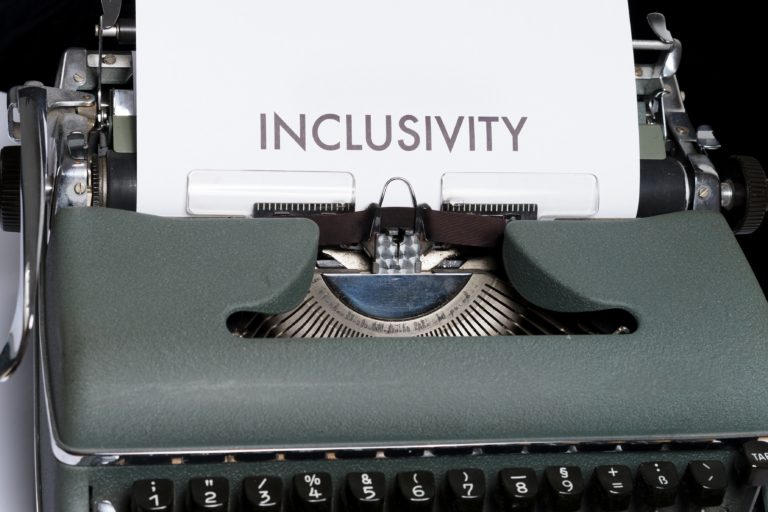Over the last 20 years, I have worked in different roles to build disruptive technology products – across research, engineering, software development, product design, marketing and product management functions. Diverse, cross-functional teams are a necessary (and best-kept secret) ingredient for building products that customers love. As tech products incorporate data at their core, technology ethics play an increasingly critical role in responsible innovation. It is more important now than ever to provoke dialogue within cross-functional product teams on ethical issues related to the technology that they are bringing to market. But how do you get started?
Technology ethics has matured over the years from Internet Ethics, Data Ethics, Cyber Ethics, Privacy Ethics, ML Ethics, AI Ethics, etc., and will continue to evolve. There is no instruction manual or best practices guide to incorporate ethical practices in technology products today. However, there are several activities that product teams can incorporate during the product development process. The objective is to pre-emptively identify ethical risks and pro-actively design to overcome ethical blind spots through cross-functional dialogue. These activities span topics such as privacy, inclusion, bias, transparency, abusability, etc. with curiosity and thoughtful questions to drive product decisions.
You can champion the change for building responsible products, irrespective of the role you play on your product team (product manager, designer, product owner, engineer, data scientist, business analyst, researcher, marketer or any other peripheral product role). To help you on this journey, I have curated five tools you can use to begin the dialogue with your cross-functional product team.
- The Ethical Explorer Field Guide was recently launched by the Omidyar Network and I like their categorization of eight different tech risk zones. Each risk zone prompts questions for group discussion. The topics cover Surveillance (protect privacy), Disinformation (promote truth), Exclusion (enable equity), Algorithmic Bias (promote fairness), Addiction (promote healthier behavior), Data Control (enable transparency), Bad Actors (promote civility), Outsized Power (promote choice) to make better product decisions. The field guide allows for flexible approaches to deep dive into individual topics, depending on the highest risk zones for your product.
- The AI Blindspots Cards from MIT’s Media Assembly Program lays out activities based on a phased discovery process of planning, building and deploying products. The process dives into eight thoughtful activities that span representative data (biases in data set), abusability (anticipate bad actors), Privacy, Discrimination by proxy (unintended correlation), Explainability, Optimization Criteria, Generalization Error (data drift), and Right to Contest (recourse options). The easily navigable resources include case studies and references that help guide the activities.
- IDEO’s blog on AI Ethical Compass is powerful in the simplicity of its design principles (listed below). Their light-weight AI Ethics Cards that support these principles are intended to spark discussions on topics such as Capturing Minimum Viable Data, People Behind the System, Monitoring to Course Correct, Anticipating Future Use Cases, etc.
- Data is Not Truth
- Don’t Presume the Desirability of AI
- Respect Privacy and Collective Good
- Unintended Consequences of AI are Opportunities for Design
- Ethics Canvas is a neat online brainstorming tool that enables teams to capture their discussion towards a responsible innovation approach. The Canvas identifies specific topics for discussion such as Individuals Affected, Groups Affected, Problematic Changes to Behavior and Relations with Individuals, Worldviews, Group Conflicts, Impact of product or service failure, Negative impacts of resources and Recommendations for change. If you are familiar with the Business Model Canvas template, you will find this approach easy to incorporate in your current process.
- The Ethics Toolkit for Engineering/Design Practices from the Marakkula Center for Applied Ethics at Santa Clara University, is a broad and in-depth (albeit, academically grounded) kit for operationalizing ethical development practices. The comprehensive tools span topics such as ethical risk sweeping, ethical pre-mortems and post-mortems, expanding the ethical circle, case-based analysis, remembering ethical benefits of creative work, thinking about terrible people and closing the loop with ethical feedback and iteration. The team also provides an app to walk through ethical questions, for easier collaboration and consumption.
In the same way we have adopted product development approaches for say, building user personas and journeys, or prioritizing features and roadmaps, we need to incorporate approaches for promoting human values as we build trusted products. There is no definitive guide or best practice for responsible innovation yet. So, pick one of the above five approaches that best fits your product team to start the conversation. No matter what your role is in the product team, you can be the change agent to provoke the dialogue on responsible innovation.






